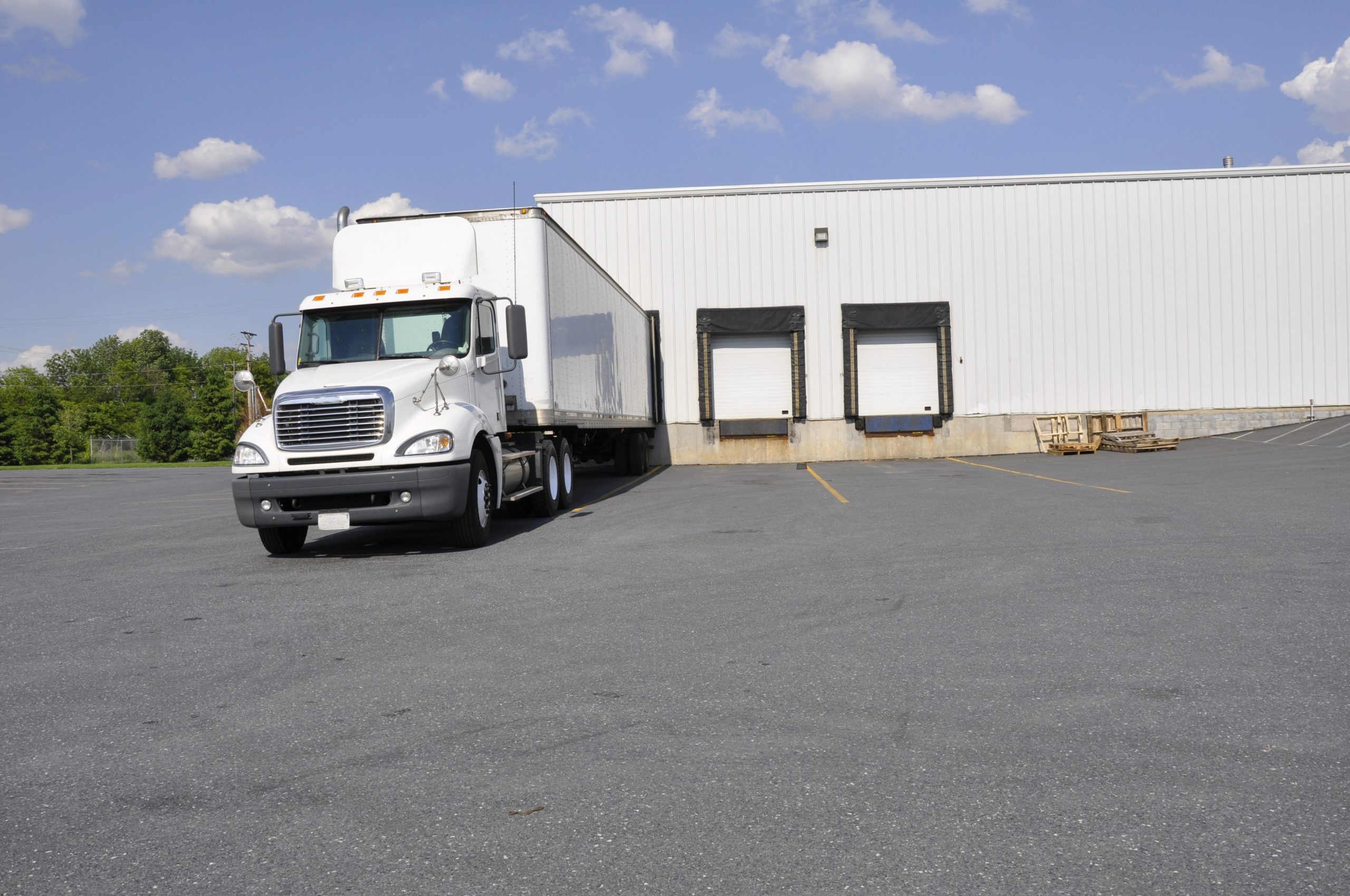
The successful management of logistics is vital to the smooth operation of any business. In today’s fast-paced global economy, businesses need to optimize their supply chain and transportation processes to stay competitive. One key tool that can help achieve this is a Transportation Management System (TMS). In this article, we will explore the role of a TMS system in logistics and how it can be leveraged to maximize efficiency.
Understanding the Role of a TMS System in Logistics
Before diving into the specifics, let’s define what a TMS system actually is.
In today’s complex and interconnected world of logistics, a Transportation Management System (TMS) plays a crucial role in ensuring the smooth flow of goods from point A to point B. It acts as the digital brain behind transportation operations, orchestrating a symphony of moving parts to optimize efficiency and reduce costs.
Defining a TMS System
A Transportation Management System (TMS) is a software solution that helps businesses manage and optimize their transportation and logistics operations. It provides a centralized platform for planning, executing, and tracking all aspects of the supply chain, from order management to freight payment.
Imagine a TMS system as a control tower overlooking a bustling airport, where every incoming and outgoing flight is meticulously coordinated to ensure timely departures and arrivals. Similarly, a TMS system acts as the nerve center of a company’s transportation network, synchronizing the movement of goods across various modes of transport.
Key Features of a TMS System
A robust TMS system offers a wide range of features that enable businesses to streamline their logistics processes. Some key features include:
- Automated Order Management: Seamlessly process and manage incoming orders.
- Freight Consolidation: Optimize load planning to maximize truck capacity and minimize transportation costs.
- Carrier Selection and Rate Management: Compare rates from different carriers and select the most cost-effective option.
- Real-time Tracking and Visibility: Monitor shipments in real-time and provide accurate updates to customers.
- Analytics and Reporting: Generate actionable insights to identify areas for improvement and make data-driven decisions.
By leveraging these features, businesses can gain greater control over their transportation processes, reduce costs, improve customer satisfaction, and ultimately enhance their overall supply chain efficiency.
Furthermore, a TMS system is not just a tool for operational efficiency but also a strategic asset for businesses looking to stay ahead in a competitive market. With the ability to analyze historical data and forecast future trends, a TMS system empowers companies to make proactive decisions, anticipate disruptions, and adapt quickly to changing market conditions.
The Impact of a TMS System on Logistics Efficiency
So, how exactly does a Transportation Management System (TMS) contribute to improving logistics efficiency?
Let’s dive deeper into the ways a TMS system streamlines operations and reduces costs, ultimately enhancing overall logistics efficiency.
Streamlining Operations with TMS
A TMS system simplifies and automates various tasks, such as order processing, carrier selection, and route optimization. This automation eliminates the need for manual intervention, reducing the chances of errors and saving valuable time.
Imagine a scenario where a business receives multiple orders from different customers. Without a TMS system, employees would have to manually process each order, select the appropriate carrier, and determine the best route for delivery. This manual process not only increases the risk of errors but also consumes a significant amount of time.
However, with a TMS system in place, businesses can streamline these operations. The system automatically processes orders, selects the most suitable carrier based on predefined criteria, and optimizes routes to ensure timely deliveries. By eliminating manual errors and reducing processing time, businesses can achieve higher efficiency in their logistics operations.
Furthermore, a TMS provides real-time visibility into the entire supply chain. Businesses can track shipments, identify potential bottlenecks, and proactively address issues. This enhanced visibility enables better coordination and collaboration among stakeholders, resulting in improved efficiency and customer satisfaction.
Reducing Costs through TMS Implementation
TMS implementation can have a significant impact on cost reduction by optimizing transportation processes.
Firstly, a TMS system allows businesses to consolidate shipments and maximize truck capacity. By combining multiple orders into a single shipment, businesses can reduce transportation costs significantly. This consolidation not only saves on fuel expenses but also minimizes the number of trucks on the road, reducing carbon emissions and contributing to a greener environment.
Moreover, a TMS system helps businesses choose the most cost-effective carrier and negotiate favorable rates. By leveraging the system’s capabilities to compare carrier rates and services, businesses can make informed decisions that drive down transportation expenses. These cost savings can have a substantial impact on the bottom line.
Additionally, a TMS system offers robust analytics and reporting capabilities. Businesses can analyze data related to their logistics operations, identify inefficient practices, and uncover cost-saving opportunities. By continuously monitoring and optimizing their logistics processes, businesses can reduce wastage, improve resource utilization, and ultimately achieve significant cost savings.
In conclusion, a TMS system not only streamlines logistics operations but also contributes to cost reduction. By automating tasks, providing real-time visibility, and offering analytics capabilities, businesses can achieve higher efficiency, improved customer satisfaction, and substantial cost savings. Implementing a TMS system is a strategic investment that can revolutionize logistics operations and drive business growth.
Selecting the Right TMS for Your Business
Now that we understand the impact of a TMS system on logistics efficiency, let’s explore how to select the right TMS for your business.
Evaluating Your Business Needs
The first step in selecting a TMS system is to evaluate your business needs and requirements. Consider factors such as the size of your business, the complexity of your supply chain, and your specific goals and objectives.
It’s essential to involve key stakeholders in this evaluation process to ensure that all perspectives and requirements are considered. By clearly defining your needs, you can narrow down your options and select a TMS system that aligns with your unique business requirements.
Comparing Different TMS Solutions
Once you have identified your needs, the next step is to compare different TMS solutions available in the market. Consider factors such as the system’s scalability, ease of use, integration capabilities, and customer support.
Make sure to request demos, ask for references, and carefully evaluate the features and functionalities offered by each solution. It’s also advisable to review customer reviews and ratings to gauge the overall user experience and satisfaction.
Implementing a TMS System in Your Operations
Implementing a TMS system requires careful planning and execution to ensure a smooth transition. Let’s explore the steps for successful TMS implementation.
Steps for Successful TMS Implementation
1. Define Objectives: Clearly define your implementation objectives, whether it’s improving visibility, reducing costs, or enhancing customer service.
2. Set a Timeline: Establish a realistic timeline for the implementation process, considering factors such as system configuration, data migration, and staff training.
3. Engage Stakeholders: Involve all relevant stakeholders from different departments to ensure everyone understands the goals and benefits of the system.
4. Data Preparation and Migration: Ensure your data is clean, accurate, and compatible with the TMS system. Develop a data migration plan to transfer existing data into the new system.
5. Training and Change Management: Provide comprehensive training to your staff to ensure they are familiar with the system’s functionalities and can maximize its benefits. Additionally, prepare for any necessary changes in processes and workflows.
6. Testing and Go-Live: Conduct rigorous testing to identify and rectify any system or integration issues. Once satisfied, proceed with the go-live phase, ensuring dedicated support and monitoring during the initial stages.
Overcoming Common Implementation Challenges
Implementing a TMS system can present challenges, but with careful planning and preparation, these can be overcome. Some common challenges include resistance to change, data integration complexities, and system compatibility issues.
To overcome these challenges, foster a culture of openness and communicate the benefits of the TMS system to gain buy-in from employees. Work closely with your implementation team and vendors to ensure smooth data migration and integration. Prioritize system compatibility during the selection process to minimize potential issues.
Measuring the Success of Your TMS System
Once you have successfully implemented a TMS system in your operations, it’s crucial to measure its effectiveness and determine the return on investment. Here are some key performance indicators (KPIs) to consider:
Key Performance Indicators for TMS
- On-time Delivery Rate: Measure the percentage of shipments delivered on time to assess the system’s impact on customer satisfaction.
- Cost per Shipment: Track the average cost per shipment to evaluate cost savings achieved through TMS implementation.
- Transportation Spend: Monitor transportation spend to gauge the system’s impact on improving budget allocation and reducing overall expenses.
- Order Cycle Time: Measure the time it takes for an order to be processed, fulfilled, and delivered to evaluate the system’s impact on operational efficiency.
Continuous Improvement and Optimization of TMS
While implementing a TMS system can drive significant improvements, it’s important to continuously seek opportunities for optimization. Regularly review performance data, solicit feedback from stakeholders, and identify areas for further improvement.
Establish a culture of continuous improvement and encourage your team to be proactive in identifying bottlenecks and inefficiencies. By harnessing the power of data analytics and leveraging emerging technologies, you can continually maximize logistics efficiency with your TMS system.
In conclusion, a TMS system plays a vital role in maximizing logistics efficiency. By understanding its role, selecting the right solution, and implementing it effectively, businesses can streamline their operations, reduce costs, improve customer satisfaction, and stay ahead of the competition. Embrace the power of a TMS system and unlock the full potential of your supply chain.
Ready to Transform Your Transportation Management?
Discover how Uniq TMS can streamline your logistics operations, enhance efficiency, and boost your bottom line. Click here to learn more and explore our innovative solutions designed to meet your unique transportation needs.

